Pilea Peperomioides Chinese Money Plant, aka The Trendy Plant in plant communities.
The Pilea Peperomioides; also known as the Chinese Money Plant is a rare gem of a beauty here in the US. It’s the biggest superstar in the social media plant world! The Pilea Pepermioides Chinese Money Plant is most noteworthy on Instagram, Pinterest, and I do believe there are even Facebook groups that gather to share their love of this little trend seeker.
FALL IN LOVE:
In the US Pilea Peperomioides Chinese Money Plant is one of the most sought after plants! It is typically only available if purchased online or if you are lucky enough you will be gifted one. Or I should say passed along one, as it’s also refer to as “the Pass-It-On” plant because of it’s easy propagation abilities. This perfectly green round leaf beauty has been on my plant wish list for quite sometime; I finally added one to my Houseplant Collection, alongside my lil’ Lemon Tree!
Her name is “Cali” because she was shipped all the way from California to me here in North Carolina. If you haven’t already fallen in love, you will surely fall in love after learning all about this little lovely plant called Pilea Peperomioides Chinese Money Plant.
PILEA PEPEROMIOIDES CHINESE MONEY PLANT
HISTORY : AKA STORY OF PASS-IT-ON
The Pilea Peperomioides originated from China and thereafter made it’s way to Norway in 1946.
It’s Norway introduction in 1946 took place after a Norwegian Missionary by the name of Agnar Espegren brought plant cuttings from China to Norway. Thereafter Mr. Espegren shared propagation cuttings and off shoots of the plant with family and friends! What a lovely way to pass-it-on. Consequently the Pilea Peperomioides is also often referred to as the “Pass-It-On” plant.
OTHER NAMES :
The Pilea Peperomioides is a plant with many names.
As explained previously, it’s referred to as the ‘Pass-It-On” Plant for it’s sharing capabilities. In addition other names for this lovely little perfectly green shaped leaf plant are the Pancake Plant, The Missionary Plant, and The Chinese Money Plant. It’s been said it resembles a pancake, it was shared among missionaries, and with it’s coin shaped leaves hence it represents good fortune. Furthermore another name will be the name YOU name her! My Pilea Peperomioides is named: “Cali” because of where I found her.
WHERE TO FIND ONE:
Until now, the easiest way to obtain a Pilea Peperomioides Chinese Money Plant in the United States was to be gifted one from a friend. Now there are a handful of plant nurseries online with shipping available. The price of these little lovelies can be quite pricey from many online plant sellers.
I was lucky enough to find this amazing online nursery which is sadly no longer in business.
However I have seen them available on Etsy!
I am IN LOVE with my Pilea Peperomioides!
PLANT CARE:
You’re in luck, plant care for the Pilea Peperomioides is fairly easy. They typically grow about 8″ to 12″ tall. It’s known to be an easy houseplant and is in the category of Succulents in the houseplant world. They enjoy bright light, well-drained soil and of course being a houseplant, they enjoy living inside your home. With a little love, your little miss Pilea will be a happy momma and produces lots of little baby Pileas with the proper care listed below.
SOIL:
This truly is the ONLY soil I use!
I use it for not only my Pilea, but for all of my houseplants like my African Violets.
LIGHT:
The Pilea Peperomioides enjoys bright indirect light.
They seem to be Southern Bells, as they enjoy a South facing window.
As many of us Southerns know, sunburn can come easy therefore don’t place her too close to a window. Her leaves are susceptible to sunburn. Rotating of your Pilea Peperomioides is recommended to produce nice even growth. A grow light can also be used, however I haven’t found it necessary.
WATER:
Pilea Peperomioides enjoy to be watered after their soil has dried out.
They don’t like wet feet, meaning they don’t enjoy sitting in water. I typically water my plants once a week. If the leaves start to droop, this is when you know your Pilea Peperomioides is thirsty. This being said do not overwater.
PESTS:
Don’t forget to keep your Pests under control! I have finally figured out a SOLUTION to those darn pesky Fungus Gnats!
7 Simple Steps to Get Rid of Fungus Gnats
CONTAINER TYPE:
My container of choice is almost always a terra-cotta pot, however any type of pot will be just fine. The terra-cotta pot has a bit of a classic look. It also provides help to wick moisture away from the plant if it feels it has too much water. The most important thing to remember is to look for a pot with drainage holes. If your pot of choice does not have a drainage in the bottom, the best way to provide this is simply drilling a hole in the bottom of the container.
PROPOGATION:
It’s baby time! Lots and lots of little baby Pilea Peperomioides.
A HAPPY Pilea Peperomioides will shoot up baby plantlets. These little baby plantlets can be separated from the mother plant to produce more Pilea Plants! You’ll want to wait until the baby plantlets are big enough to leave the nest from their momma. Time to leave the nest or leave their moma plant is typically 2″ to 3″ tall. The longer you wait for the baby Pilea to grow up, the greater chance you will have of survival after removing it from it’s momma.
HOW TO PROPOGATE A PILEA PEPERMIOIDES
There are a two ways for easy prorogation. The first step for Pilea Peperomioides propagation is to cut it away from the mother plant. Use a clean sharp knife to cut the baby plantlet offshoot about 1″ down under the soil and make your cut. Your plantlet is now a stand alone plant cutting ready to be either repotted or propagated in water. Your new plantlet should have it’s very own little set of roots therefore you can plant it directly into a pot of soil or you can place it within a little bottle of water to let more roots grow. Thereafter you will plant it directly into soil. Of course you can also leave the little baby plantlet attached to it’s momma resulting in a much larger mother plant.
Enjoy my Step by Step How to Propagate in my Second Pilea Blog Series:
“Pilea Peperomioides Propagation How to Care For Chinese Money Plant”
Here you can see a cute little baby Pilea plantlet poking through beside it’s moma.
Finally you’ll be able to either PASS-IT-ON by sharing with friends and family.
Just think of the sweet little Pilea Peperomioides all gifted with a little bow presented to your best friend!…..wait a minute, I know what you are thinking, I love my new little baby so much there’s just no way I can part with her! That’s perfectly ok, a Pilea Peperomioides family is simply lovely throughout your home or gathered within a grouping together. Only you personally can decide what your heart is content with and only you can decide the best placement within your home for your sweet Pilea Peperomioides. I personally fell in love with this hanging Macromae Plant Hanger and found it to be the perfect placement for my Pilea Peperomioides Chinese Money Plant.
PLACEMENT:
Placement of your Pilea is a personal preference. It’s a houseplant that looks quite lovely throughout your home. Houseplants in your living room, houseplants in your bedroom, or houseplants in your kitchen, the choice of placement is up to you! As you can see it provides a simple minimalist look with white subway tile as it’s backdrop. The bright green leaves against the simplicity of white provides such a clean minimalistic look. This look can be found in a kitchen or bathroom.
Another option of placement has a bit of a 70’s vibe and is my look of choice. I love the look of the vintage, retro, classic, free flowing along side my Pilea Peperomioides.
I purchased a beautifully made macrame plant hanger from Amazon. After researching many type of plant hangers, I found at Mkono. The plant hanger is presented within a cute little gift box with their logo printed on top of the box and extra string is also included.
While venturing throughout my online search of the perfect hanger for my Pilea, I found this black iron little hanger hook also on Amazon through this company. This is the perfect look for my cottage style that flows throughout my coastal cottage. Black Knobs, Black Iron, Black with White creates a timeless look. The hanger was secured on a stud within our walls, this is very important to make sure your beloved plant will not fall.
I then nestled my sweet Pilea within the macrame plant hanger.
She’s Beautiful, don’t you think?
I’d love to hear your Pilea Peperomioides experiences!
What is yours named?
How long have you had yours? Where is the placement of your Pilea?
Did you have trouble finding a Pilea? Any Pilea tips I’ve missed?
Comment below, I’d love to hear all about the love you share for your Pilea Peperomioides!
Thank you for enjoying my Blog!
I sure do appreciate it and would love to hear from you in the comments!
Peace, Love, and Simple Living Friends!
~Erin

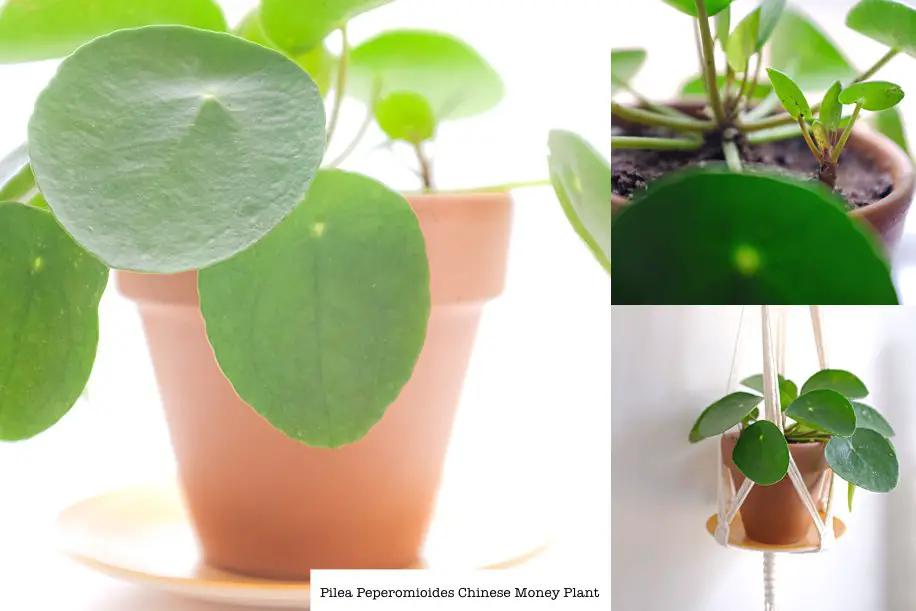
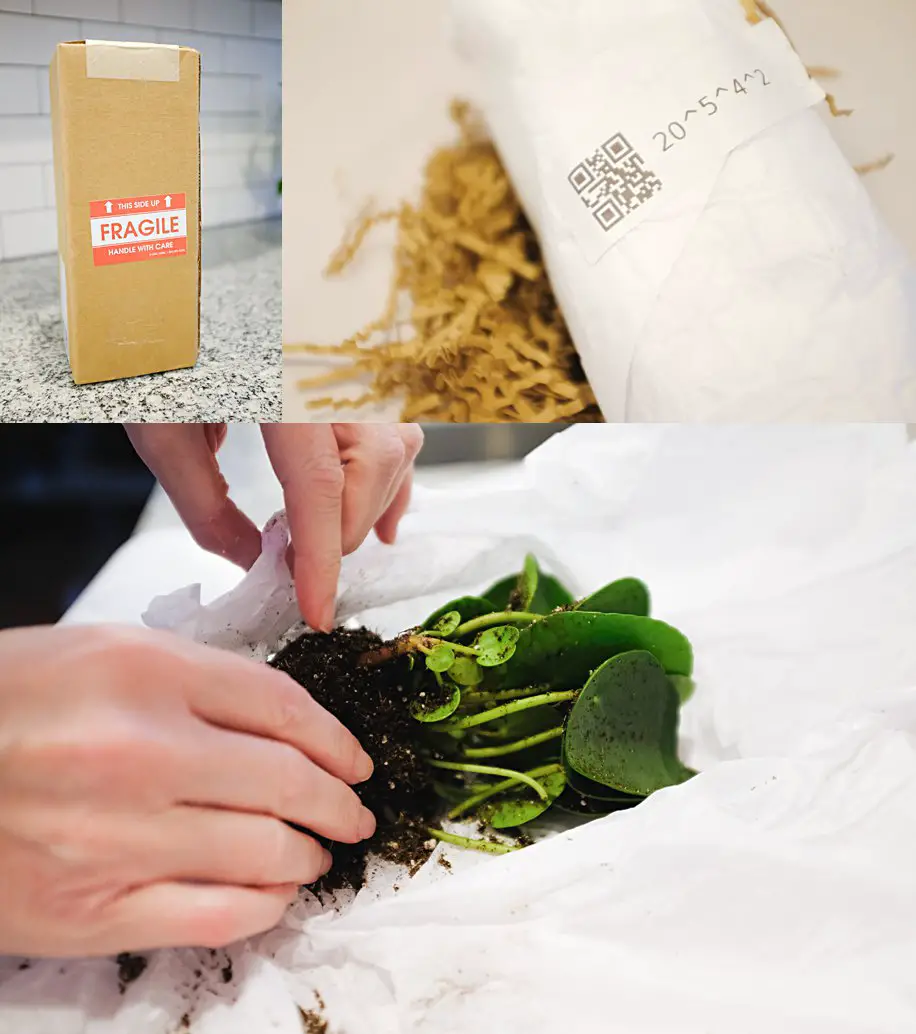
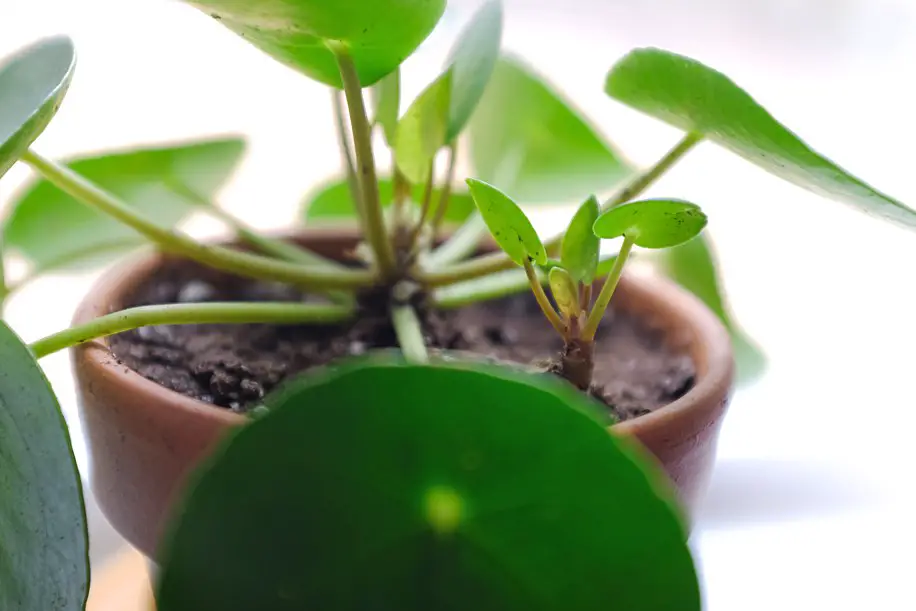
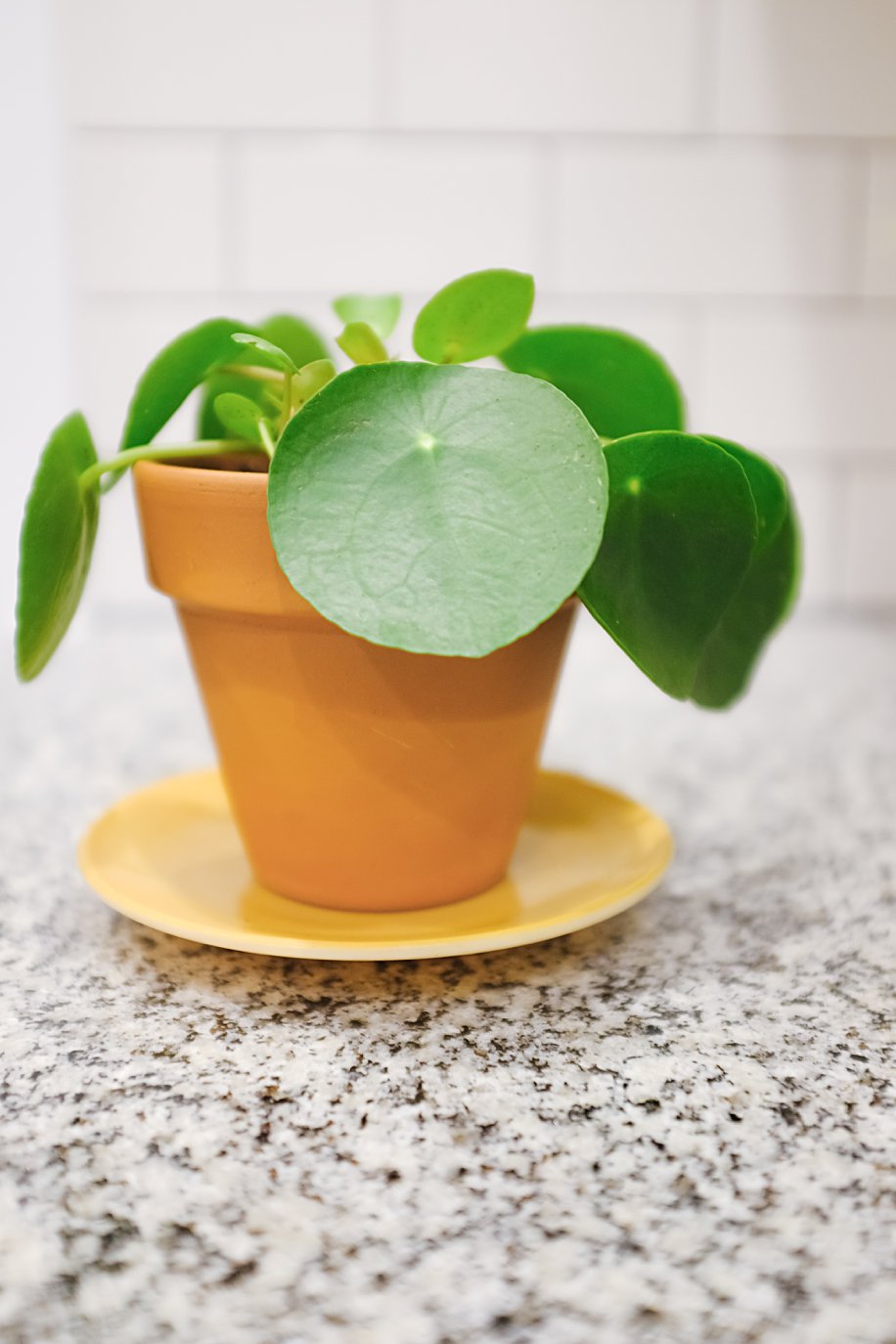
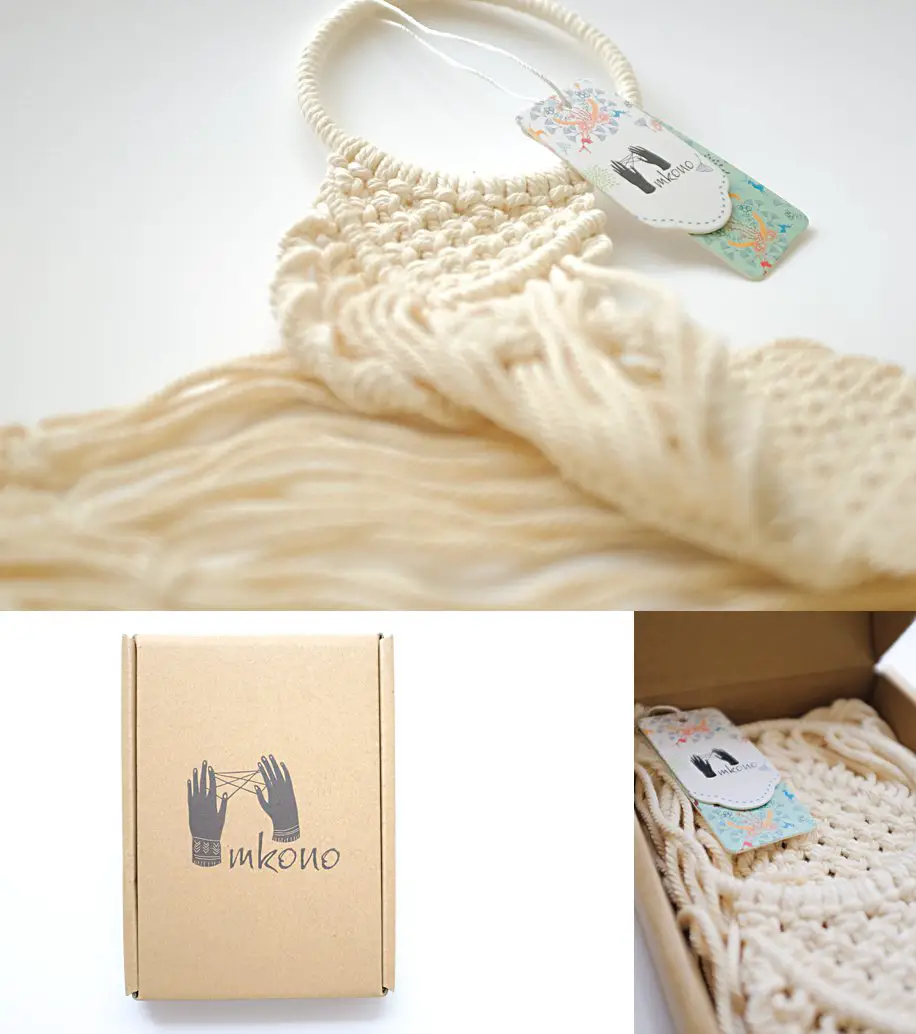
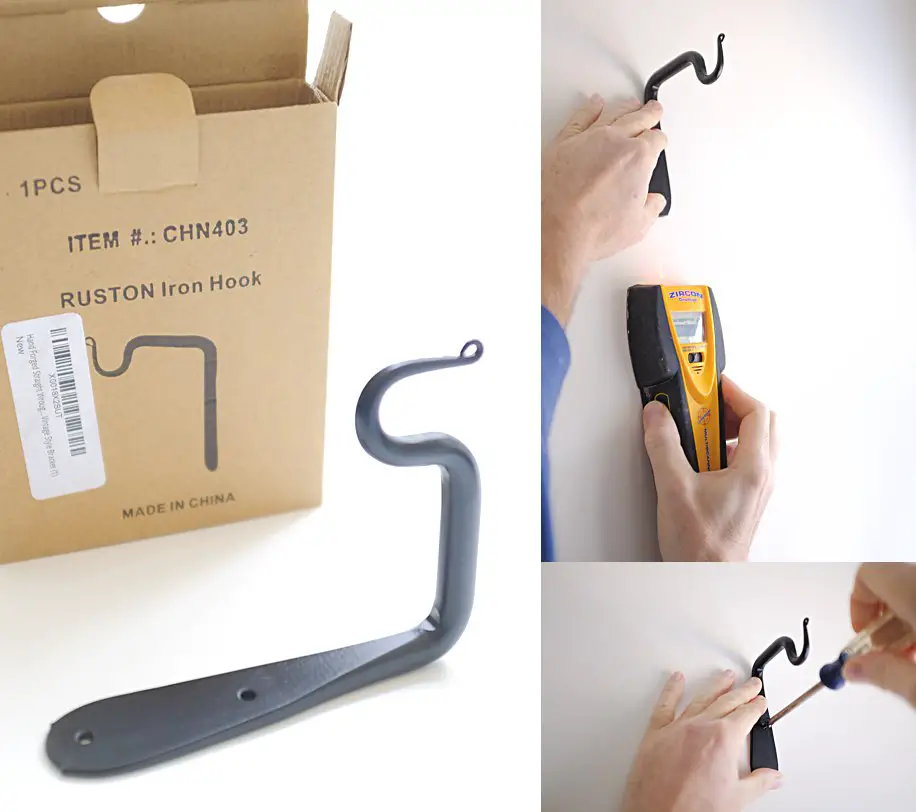
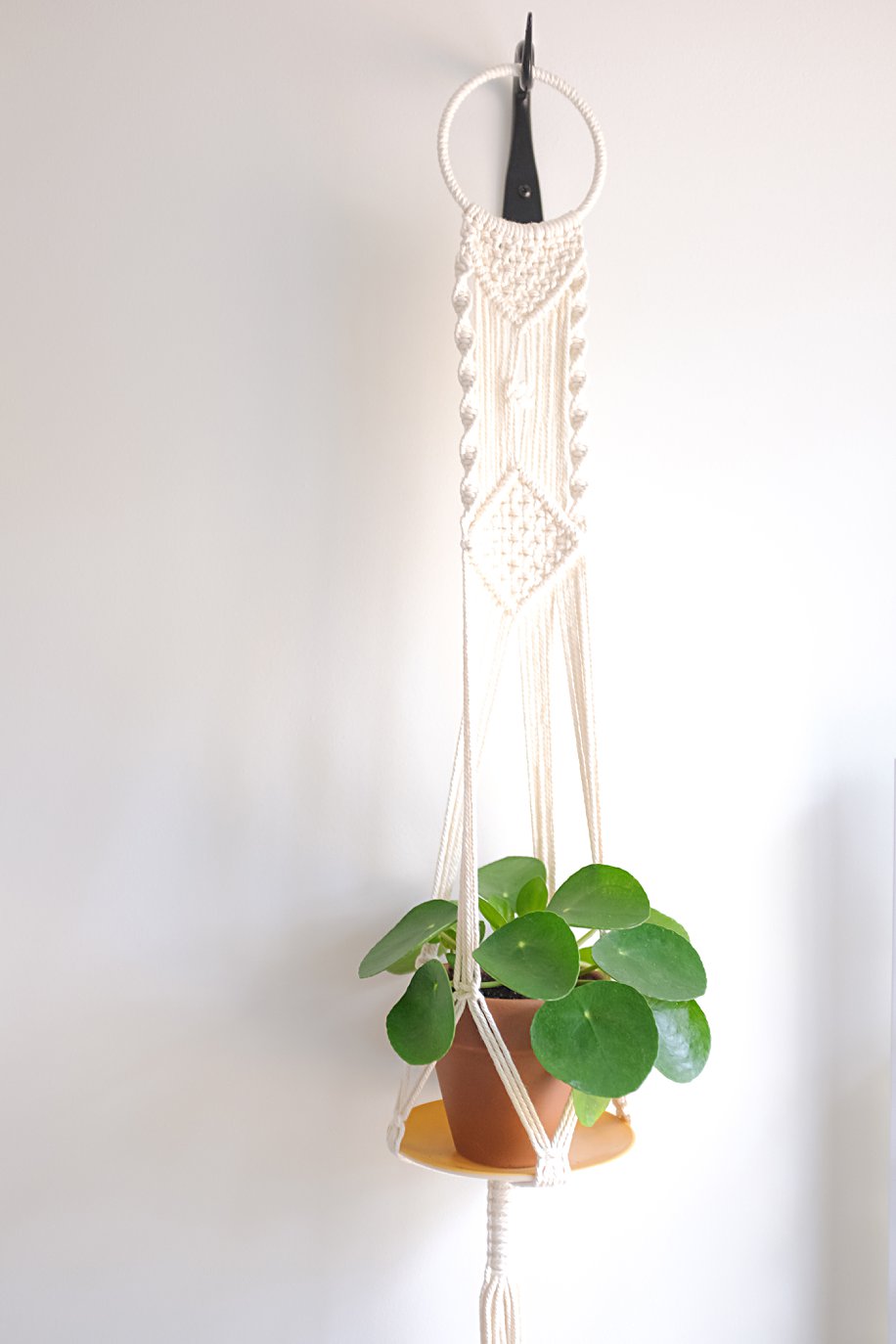

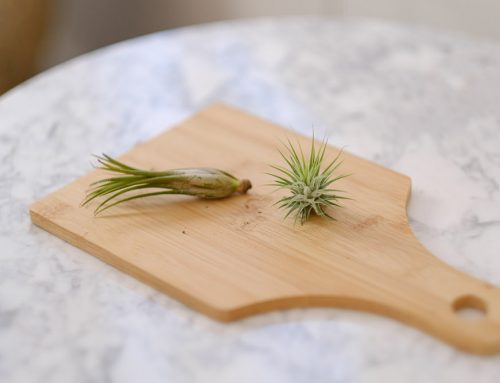
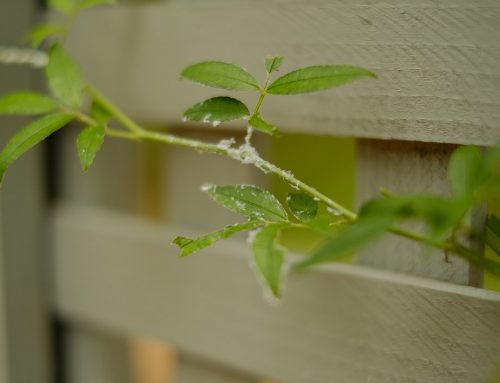
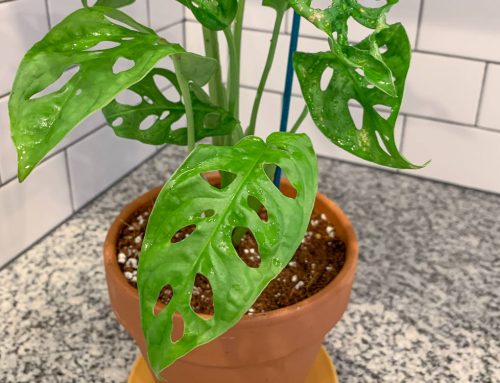
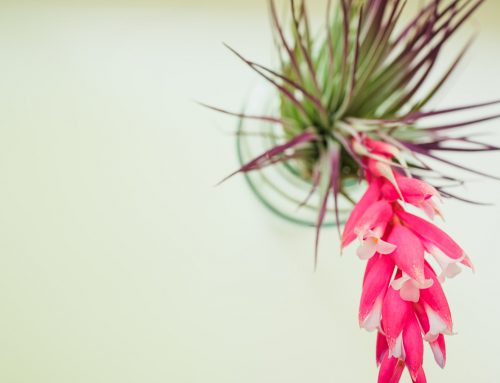
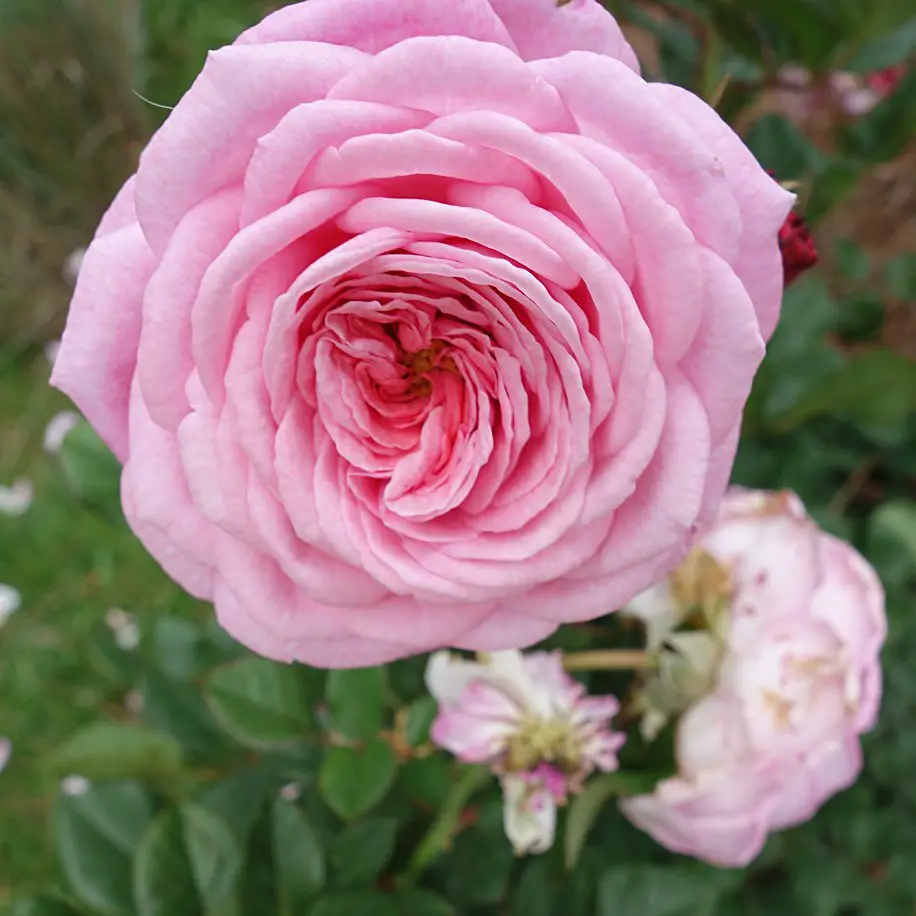
I agree Pileas are such cute plants. I didn’t realize they are so rare in the USA.
Thanks a bunch Katie! I’m glad you find them cute as well!
Here in my area they are indeed rare, only able to find them “online”
Thank goodness for online plant sales!
Thanks for sharing this post with us. I am little bit interested to get more information about Plants. I like to share my opinion on Plants.A great way to complete yor backyard design might be a well-placed lantern. The three primary kinds (though with many variations) are: The Kasuga type lantern, is a really formal one that includes a stone base. Within the Oribe type lantern, not like the Kasuga type, the pedestal is beneath the bottom. The Yukimi or Snow-Viewing lantern is ready on quick legs as a substitute of a pedestal. Take into account the formality of your backyard setting to decide on the suitable lantern.
Pileas are really cute plants.Many people like this plant.I also like pilea.Thanks for sharing knowledge.
I agree, Pileas are indeed super cute!
Thanks a bunch for enjoying my Pilea blog
All the best, Erin
Hi erin! I bought a small pilea with leaves about 3-4 cm in diameter. Now it’s about 3 mths but the leaves have remained the same size. How long will it take for the pilea to have big leaves?
Thank you!
Hi Roza!
Congrats on your new baby Pilea!
I have found it takes about 6 months for the leaves to get closer to full size.
Another tip is during Winter/Cooler months when there is less sun to move them closer to the window.
I currently have a teeny baby who wasn’t growing, I moved her closer to the window and now she has doubled her growth just within a month’s time.
Give that a try and see if it helps, I have a feeling your Pilea will start to flourish if you could possibly provide her more sunlight.
Money Plant Play a very important role in bringing a lot of energy in bringing a lot of positive energies in your house